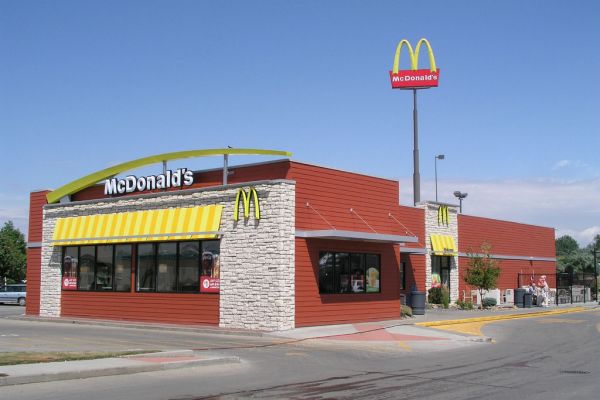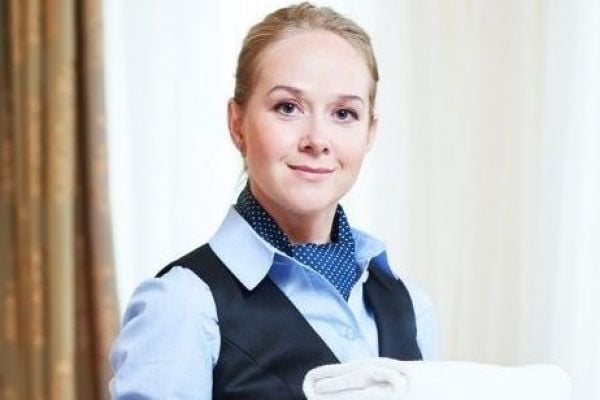It's clear Starbucks has the appetite for food deals, but does it have the stomach to make them successful?
The coffee chain said this week it had bought a stake in Princi, a high-end Italian bakery and pizzeria. It's a good move for Starbucks: Terms weren't disclosed, but the agreement lets Starbucks license Princi's name and expand it globally. Starbucks can also stock the company's pastries and other treats in coffeehouses.
The partnership will bring baking inside Starbucks locations for the first time. Starbucks hopes the premium goods will elevate its mostly bland food offerings and help double that business by 2019.
Investors pretty much shrugged at the news - Starbucks stock barely moved on a day when the S&P 500 flirted with record highs. Over the past six months, Starbucks shares fell 1 percent, compared to a 15 percent jump in the S&P 500.
Perhaps it's because Starbucks investors have heard these promises before. Starbucks' previous bakery purchase - of La Boulange bakery operator Bay Bread for $100 million in 2012 - brought new pastries to its stores, but the company closed all its bakery locations. Starbucks did a similar thing with all but one of its Teavana locations after buying the tea chain for $626 million in 2013.
Once Starbucks runs these chains for a bit, it shutters them. Perhaps it's because the new concepts aren't as profitable for Starbucks as its existing locations.
In fact, food service is generally less profitable than coffee. That partly justifies the gap between Starbucks' valuation -- it trades around 27 times forward earnings -- and that of a company such as The Cheesecake Factory, which trades at 18 times forward earnings.
Starbucks' current costs represent just 41 percent of revenue. That compares to 69 percent across publicly traded restaurant chains followed by Bloomberg Intelligence. At Cheesecake Factory, costs were 80 percent of revenue in 2015.
Starbucks' operating margin, meanwhile, hit 18.8 percent in 2015, compared with just 2.5 percent at Potbelly or 3.5 percent at Shake Shack. The average operating margin across all chains followed by Bloomberg Intelligence in 2015: Just 9 percent.
But there's ostensibly a limit to how much Starbucks can keep growing with coffee alone. The company is still growing internationally, but it's approaching the upper limit of how many more U.S. locations it can successfully operate.
It struggles to attract customers after the early-morning rush. Serving food at lunch and dinner times would help, and that could boost Starbucks' top-line growth.
Sales growth continues to beat competitors, but it slowed in the latest quarter to 6 percent from a year earlier, from 8 percent the previous quarter.
Starbucks' previous investments and acquisitions haven't necessarily been bad. But it's questionable how much they've moved the needle in terms of increasing food sales. Starbucks still gets roughly three-fourths of its $20 billion in annual revenue from coffee, a percentage that's barely budged in the past decade.
The company says it wants to boost food sales. It recently touted success with its breakfast sandwiches. It has even appointed a head chef.
But many customers still pick up lattes from Starbucks and head next door to a local doughnut seller or deli for an accompanying snack or sandwich.
Starbucks would be wise to re-think how to better integrate these companies. It should elevate the importance of food within its operation, sending key leaders and more resources to make it known company-wide that food is top priority.
It should tap its successful rewards program to nudge customers toward food by awarding those purchases more points. And it should roll out a true food menu and put real marketing dollars behind re-introducing Starbucks as a place to dine.
If not, Starbucks' food aspirations may go stale again.
News by Bloomberg, edited by Hospitality Ireland









